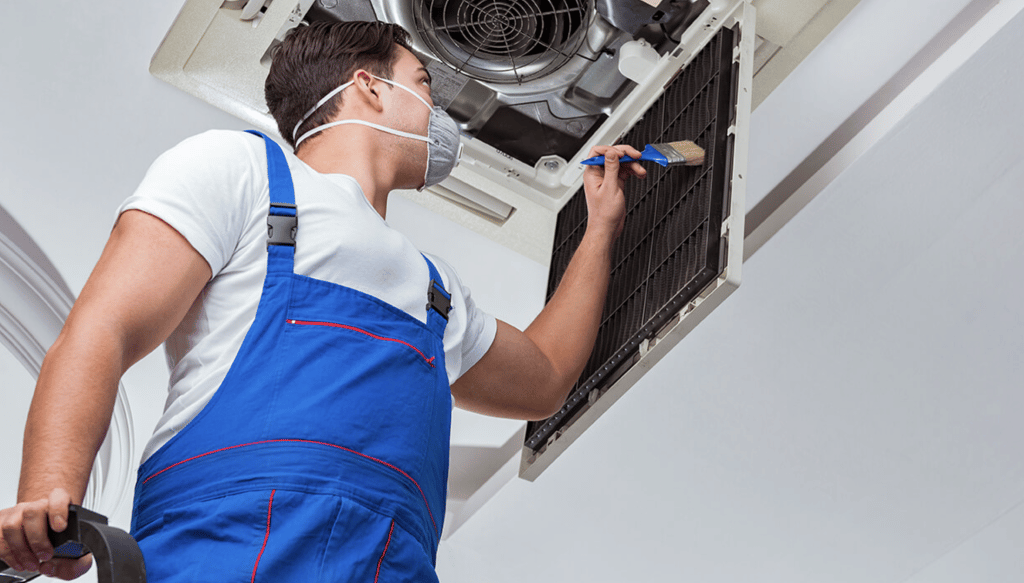No matter how much experience a property maintenance team has, sometimes, they’re only as good as the tools they use. Bringing the wrong tools or using low-quality tools for maintenance or a repair job is sometimes the same as not bringing any tools at all.
With so much equipment to choose from, which are essential items every property maintenance team needs to do their best work? Here are some of the most versatile, useful tools to tackle various repair and maintenance issues.
Flashlight
When jobs take maintenance teams into basements, attics, and other dim spaces, they need a dependable light source. Flashlights illuminate surroundings, make it easier to find other tools in poorly lit areas, and keep maintenance teams safe while navigating hazards.
Using a rechargeable flashlight is preferable to a battery-operated light. Flashlights that rely on batteries may suddenly die when they’re needed most. On the other hand, charging a flashlight every few days ensures it always works in a pinch.
Screwdrivers
It’s best to have an assortment of screwdrivers in various shapes and sizes. That way, no matter what needs loosening or tightening, maintenance teams always have the right tool.
A set of screwdrivers has every Phillips flat-head size, but some maintenance teams prefer to use a small and large Phillips flat-head screwdriver. Multi-bit screwdrivers are a great second option for teams with limited storage space for tools because their changeable heads take up little space.
Tape Measure
When appliances burn out and need replacing, maintenance workers need to know how much space they have for a new machine. A simple tape measure can help teams avoid the frustration of ordering appliances that don’t fit.
Aside from maintenance and repair tasks, tape measures also help new tenants who need to take measurements of their ceilings, walls, and floors. Maintenance crews can help new residents measure their available space, which is a great way to make tenants feel welcome and at home.
Duct Tape
Sometimes, issues like shattered mirrors and broken faucets require temporary fixes that mitigate further damage while devising permanent solutions. Duct tape is the perfect temporary fix, thanks to its durability and versatility. While a patchwork of duct tape may not be visually appealing, it can keep an unpleasant situation from worsening.
Pliers
No toolkit is complete without pliers. Some use the multipurpose gripping tool instead of scissors to cut wires and nails. Pliers are also ideal for stripping the outer casing of wires and splicing wires.
While shopping for pliers, it’s good to be familiar with the different types. Locking pliers are excellent for gripping, and needle-nose pliers can fit into tight spaces easily. For gripping and adjusting valves and pipes, reach for a pair of channel-lock pliers.
Hammer
Hammers are a must-have for property maintenance teams, tenants, and homeowners. While mainly used to drive in and remove nails, hammers have several uses. For instance, hammers with a straight “rip” claw can split wood blocks, take rough measurements, tear through drywall, and bend warped blades back into shape.
Power Tools
Power tools are excellent for making quick work of repairs and maintenance tasks. Common power tools maintenance teams use include orbital sanders, power drills, circular saws, and impact wrenches.
Orbital sanders smooth wood, paint, and varnish using rapid rotary motion and sanding pads. Power drills drive in screws and drill holes with interchangeable bits, and circular saws are ideal for cutting through plywood, plastic, and wood. When repair or maintenance jobs involve removing or tightening bolts or nuts, impact wrenches come to the rescue.
Keeping basic tools at hand allows property maintenance teams to quickly and efficiently respond to emergencies and minor repairs with ease. A single tool can mean the difference between an “okay” repair job and a “perfect” repair.


